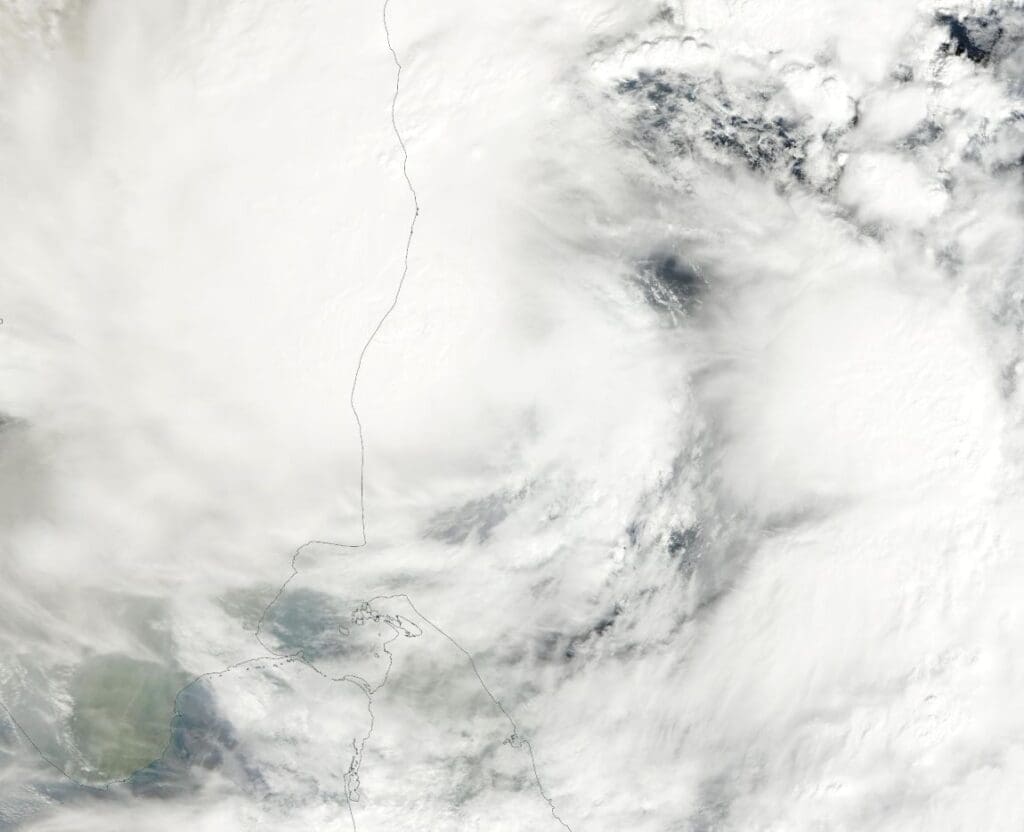Accra, the capital of Ghana, is one of the fastest-growing urban centres in West Africa. Located along the Gulf of Guinea, it serves as the country’s economic and administrative heart, home to more than 5 million people in the Greater Accra Metropolitan Area (GAMA). The city is a major hub for manufacturing, finance, marketing, insurance, and logistics – but the pace of urbanisation is intensifying pressure on infrastructure, housing, and the coastal environment.
This image, captured on 22 February 2025 by one of the Copernicus Sentinel-2 satellites, shows the scale of Accra’s urban spread and its proximity to vulnerable coastal areas. The Sentinel-2 mission provides high-resolution optical imagery across 13 spectral bands, with applications that range from land use and vegetation monitoring to coastal erosion tracking and disaster risk management.

In rapidly growing cities like Accra, satellite data are a crucial planning tool. Sentinel-2’s high-resolution imagery allows analysts to distinguish between built-up areas, vegetation, and water bodies – vital for understanding patterns of expansion and land use. In flood-prone neighbourhoods such as those near the Odaw River, unregulated construction and blocked drainage channels have contributed to recurrent flooding during the rainy season. Frequent Earth observation helps authorities monitor changes in land cover, identify high-risk zones, and plan interventions accordingly.
Sentinel-2 data also support analysis of vegetation loss and green space distribution. As Accra expands, the health of remaining green corridors and wetlands is increasingly important for stormwater regulation, biodiversity, and urban cooling. The satellite’s red-edge bands are especially useful for monitoring these ecosystems through vegetation indices such as NDVI.
The Copernicus programme – the European Union’s Earth observation initiative operated in partnership with the European Space Agency – provides this data freely to governments, scientists, and planners. Its imagery plays a growing role in supporting sustainable development efforts and climate adaptation strategies in cities across Africa.
Featured image credit: European Union, Copernicus Sentinel-2 imagery



